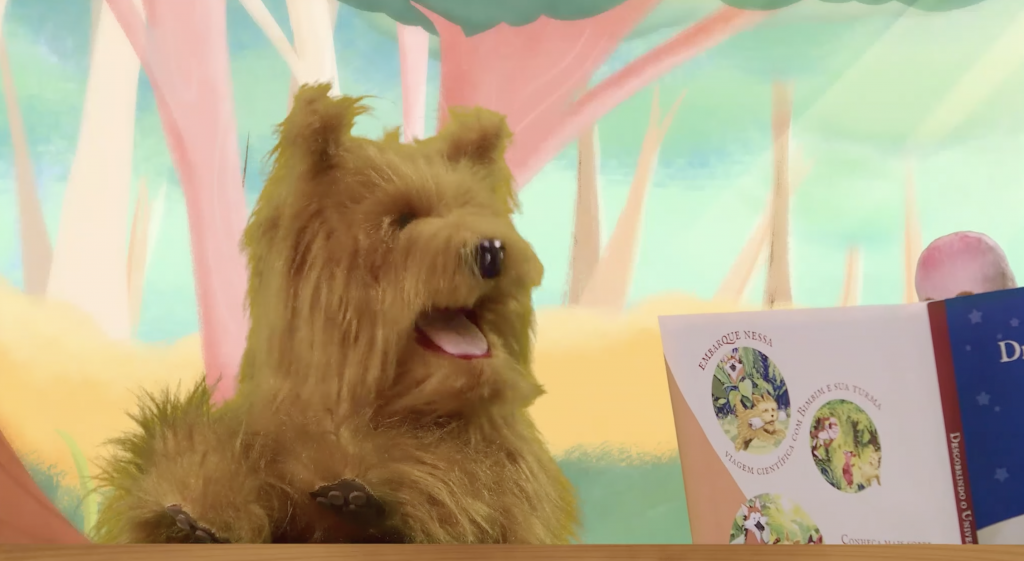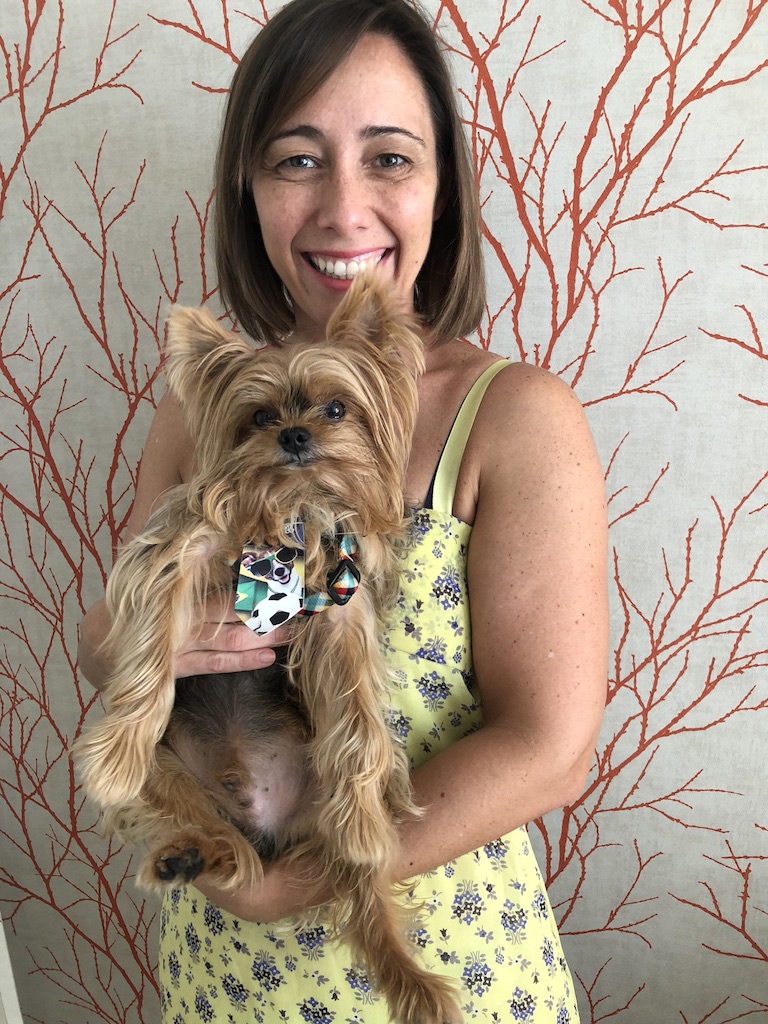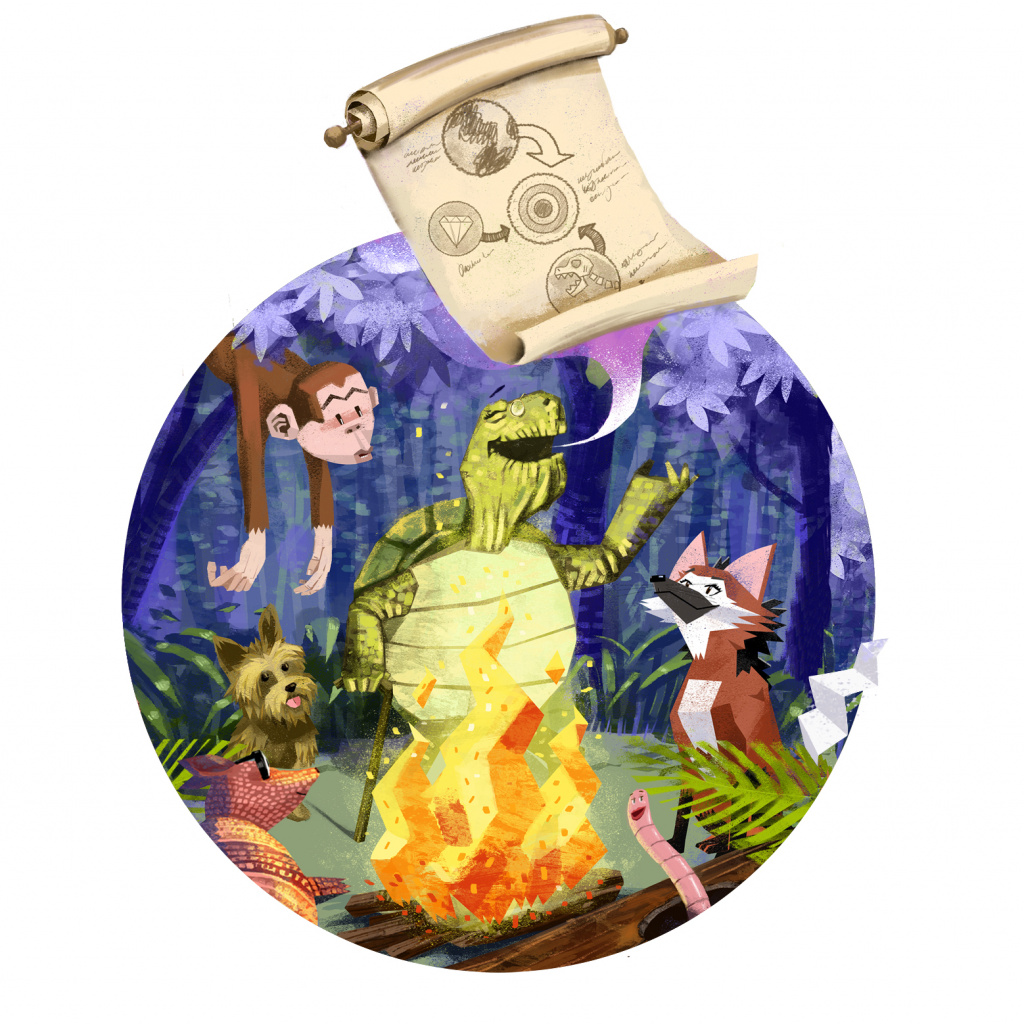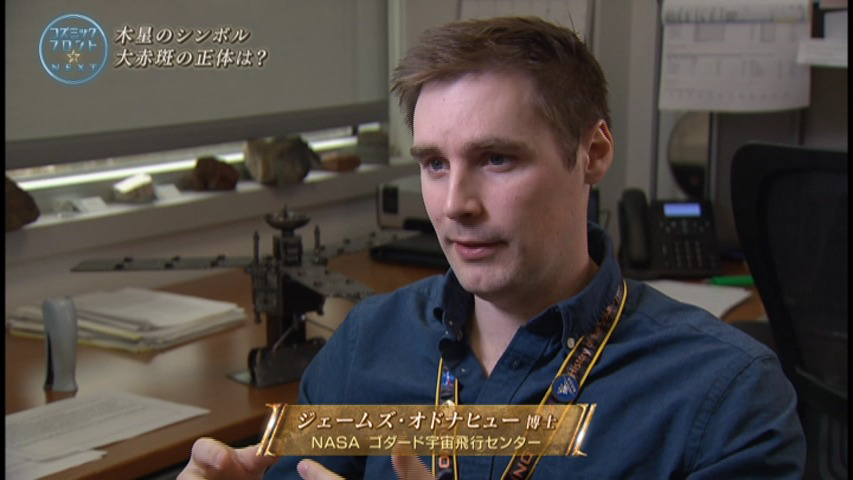A Blink of a Star: An Occultation Citizen Science Project – Europlanet Funding Scheme 2023 Grant
Fostering curiosity about planetary sciences and space in general is the basis of the project conceived by Sergio Alonso Burgos and the team of “A Blink of a Star“, which has been awarded a grant under this year’s Europlanet Funding Scheme for Public Engagement.
The project is focused on the occultation of Betelgeuse (Alpha Orionis) by Asteroid (319) Leona on 12 December 2023, which will be easily visible with the naked eye on various places on Earth. Such an uncommon phenomenon offers a great opportunity for outreach about these events and the science involving their study.
Federica Duras interviewed Sergio Alonso Burgos, the project leader of this citizen science project which aims to complement the professional observations of the occultation through an outreach campaign to engage the public with the science behind these phenomena.
–Sergio, where does the idea of “A blink of a Star” come from?
In the Sociedad Astronómica Granadina (SAG) we have a small team which is interested in observing occultations of different Solar System bodies: from asteroids from the main belt to more difficult targets as some transneptunian objects or even Polymele, the trojan asteroid to which NASA is going to visit with the Lucy mission. We are proud to be some of the few that managed to obtains useful data in a recent Polymele campaign in Spain (October 1st, 2021) thanks to a very accurate prediction made by the Instituto de Astrofísica de Andalucía (IAA).
During the past several years we have had a quite strong ProAm (Professionals-Amateurs) relation with the IAA scientists: they provide useful predictions and perform the scientific analysis of the light curves and we provide our portable powerful telescopes and devices (occultations may happen anywhere) and experience in the field, as not all professional astronomers know how to correctly set up a portable telescope in the middle of the countryside.
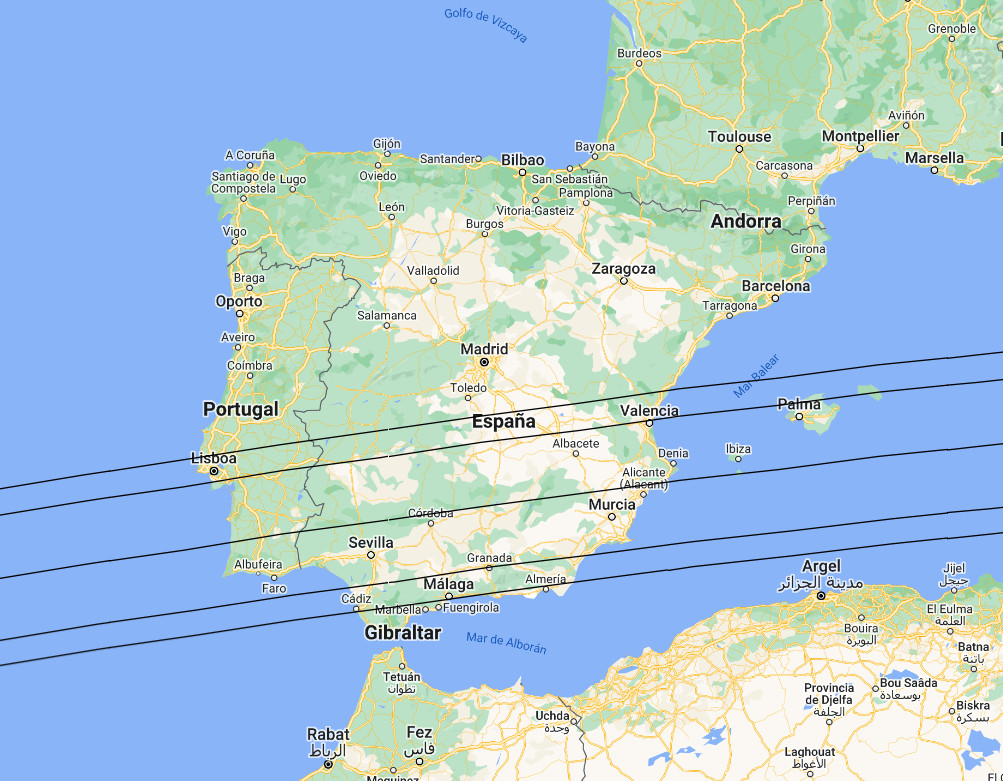
A few months ago we started talking about the great occultation that is going to happen on 12 December 2023: Betelgeuse is going to be occulted by asteroid Leona. This is a very special occasion because by observing this event, scientists are going to be able to determine very important features of Betelgeuse that are still unknown such as, for example, its exact radius. This may seem strange, as Betelgeuse is a very bright star that can be easily spotted with the naked eye. However, that extreme brightness of the star hinders precise measurements as the cameras and instruments get saturated in a fraction of a second. We discussed how interesting it may be for anyone to observe this event, as no special equipment is needed. We thought that it could be a fantastic opportunity to introduce the general public to astronomy, occultations and the science behind this discipline. And here we are, trying to launch a project in which almost anyone with a normal camera may be able to record the event and thus contribute in the scientific study of Betelgeuse and Leona.
–How many people are involved in the creation and subsequent implementation of the project?
The project will involve dozens of people for all different activities that have to be made.
For the scientific part of the project (previous observations and computations for both Leona and Betelgeuse and the later analysis of the obtained light curves) we count on some of the IAA scientists. However, some of the SAG members are learning the procedures to reduce the data from the observations and even do some preliminary analysis in order to ease the task to the scientists. Moreover, IAA scientists will supervise all the resources that we are going to produce for the project to avoid any mistakes.
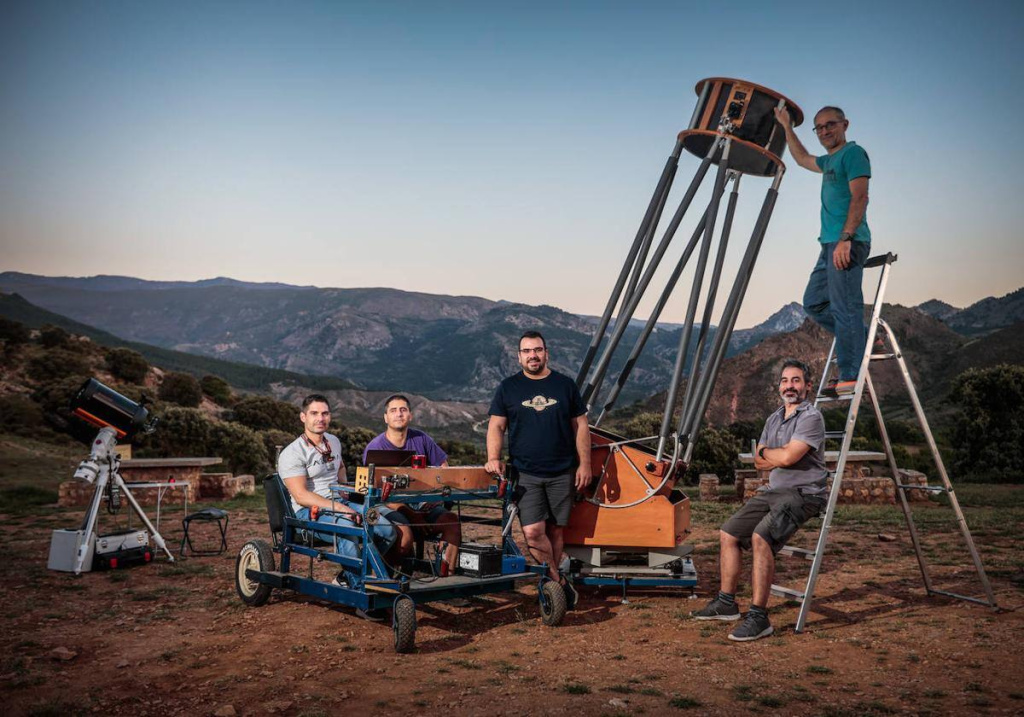
For the outreach part of the project we count on some specialists in scientific outreach from the Fundación Descubre. Not only they are used to promote outreach activities, but they have also contributed to several different citizen science projects and they will be of great help to gather interest in the project from many different groups: high school students and teachers, city halls in the towns where the occultation will be visible and the general public.
However, the biggest effort concerning the citizen science project will be on the SAG members. We are a small group (around 20 people) but we will be in charge of coordinating and preparing all the activities that are going to be carried out: from conferences to preparing tutorials on how to do the observations, a photography contest related to the event and so on.
–How difficult is it to coordinate the people involved, being so different types of figures (astronomers, amateurs, citizens)?
It is not easy but, fortunately, we already have some experience organising these kind of events, even if at a lower scale, and the relation among the different actors at this moment is quite good. One of the best things of this kind of projects is that professional astronomers, amateurs and outreach professionals know what can be done by each group. I’m pretty sure that in the following weeks the amount of emails, video conferences, telephone calls and Telegram messages will increase a lot, but I hope we will be able to manage it properly (now I’m crossing fingers).
–What do you expect from the project? And when (in time)?
Since the event takes place on 12 December 2023, these next weeks are going to be very intense. At this stage the main goal is to attract a lot of people to record the event in order to have as many light curves as possible. After the event, the IAA team will perform all the scientific analysis of the results and hopefully determine important information about Betelgeuse and Leona.
For the outreach side of the project, we expect to grab the interest of the public, especially high school students, hoping to transmit them the passion for science and present a real example of performing a scientific experiment with a rigorous protocol. We are going to make a special effort to attract as many female students in all the activities of the project as possible to try to narrow the gender gap in STEM. We want the project to continue after the occultation event itself by presenting results to the scientific community in different conferences and doing more activities for the general public. I would like to point out that there is a section on the event website that could be useful for teachers, with an online simulator that allows them to better understand the phenomenon and generate ‘artificial light curves’.
Additionally, we hope that some amateurs astronomers that have not previously had interest in the study of this kind of events will participate in future ProAm occultation campaigns.
–Do you think Europlanet could be a useful link? And if yes, why?
Of course it will. We know that many observers from Europe are thinking about travelling to Spain for the occasion and the diffusion of this project by Europlanet may help us to get in contact with all those observers to try to coordinate and get the best results.
-Is this a term-project? If not, what is the future of the project?
At this moment, the plan is that the project will end once all the analysis of the data is made, all programmed activities are finished and once the results are published. Since this event is quite unique we cannot guarantee that the project will continue (at least in the same conditions). However, we expect that the experience to coordinate so many people with different backgrounds will be useful for other future occultation campaigns.
Fingers crossed Sergio, we cannot wait to see what this collaboration will bring and to find out what secrets of Betelgeuse will be revealed!

